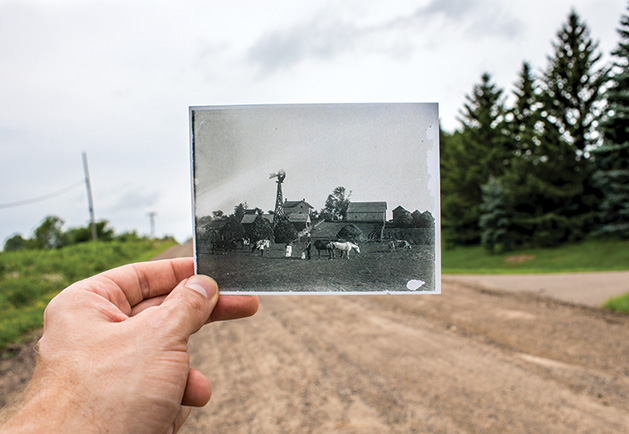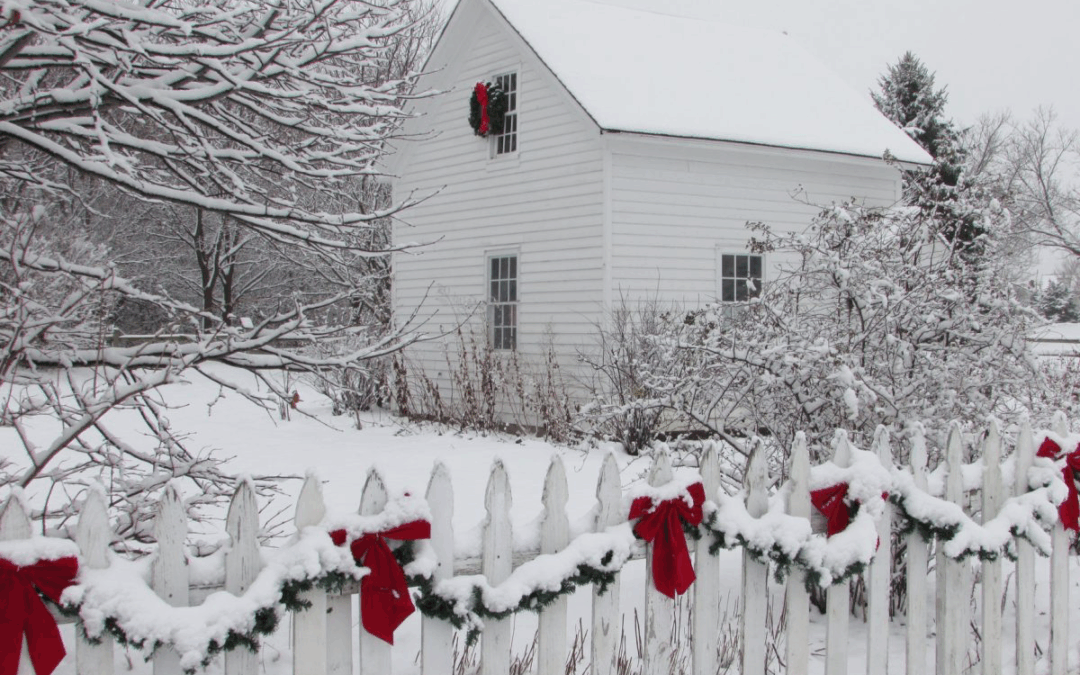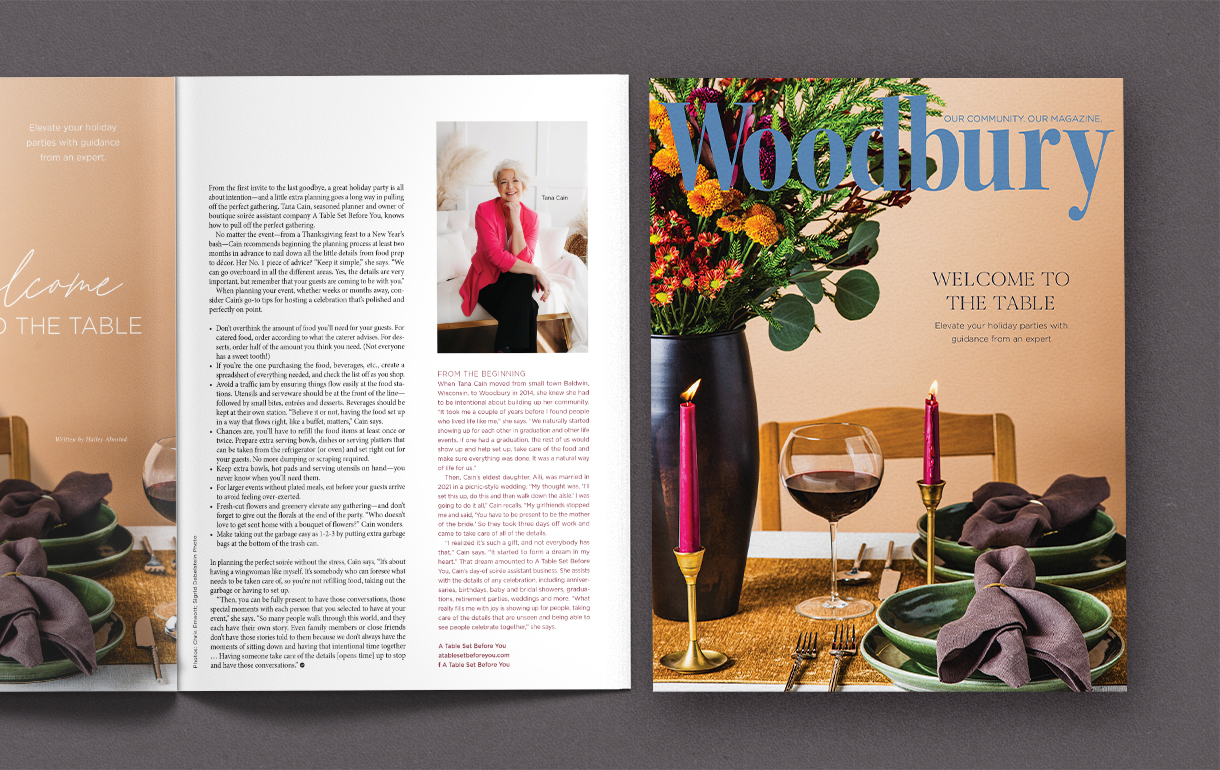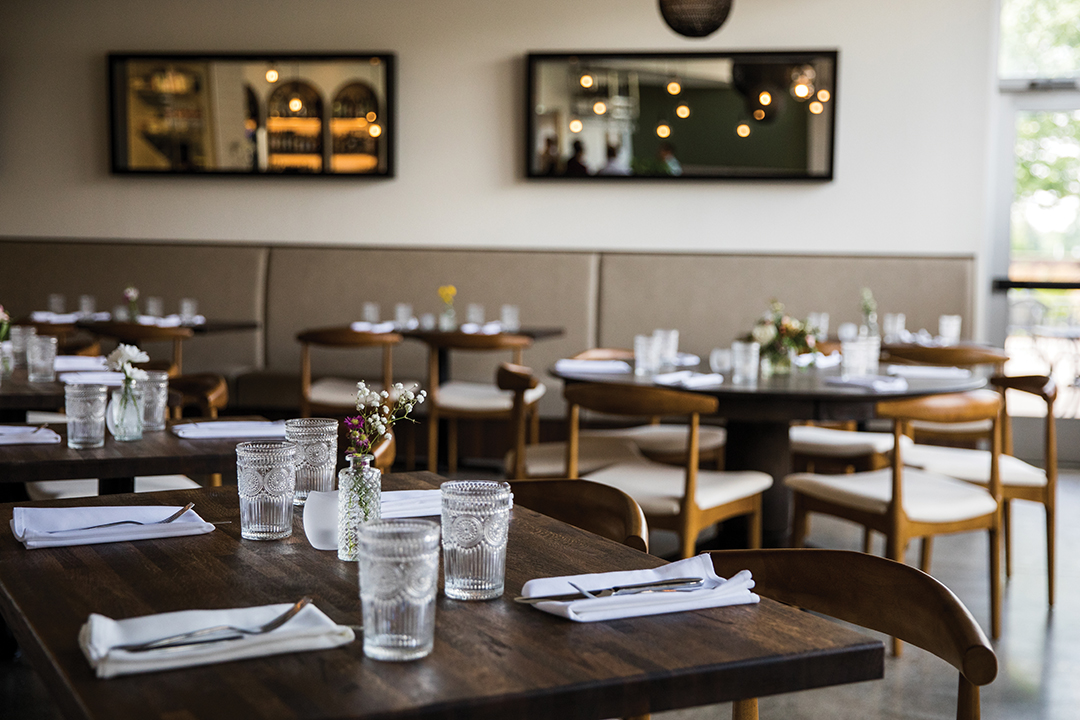
Carl F. Scholma’s farm in 1888 is the current site of the Wedgewood development and Prestwick Golf Course. Photo: Chris Emeott
How corporate investment made the Wedgewood development possible.
Wedgewood is one of Woodbury’s most beloved neighborhoods, and the story of how it came about—how it grew out of farmland and corporate money—is as interesting as any Woodbury history.
Fifty years ago, St. Paul-based Minnesota Mutual Life Insurance Company, which became the Securian brand in 2005, made a major real estate investment that turned out to be a wise move. The company started acquiring farmland in the village of Woodbury in 1969, with a somewhat undefined plan to someday sell the land for a profit.
Three years later, the Woodbury City Council approved another land owner’s planned development of homes around Colby Lake. City officials tried to convince the Metropolitan Council to extend sanitary sewer service to the area, without success, according to Dwight Picha, who has been the city’s community development director for 42 years. Picha says those plans were put on hold until 1978, when the city asked for and received an amendment to its development plan from the Met Council.
When the city approved that original development plan in 1972, it required that the first phase be a golf course. “The city waived that requirement for phase 1, but said a golf course had to be built before the start of any other phases of development,” Picha says. When the city approved phase 2, it made a deal with Norb Anderson, a prominent St. Paul businessman and amateur golfer, to build the course. “He started it and got it halfway done but then couldn’t finish it” due to financing problems, Picha says. Minnesota Mutual eventually financed the completion of the 18-hole Prestwick golf course, and owned it until the late ‘90s, when it was sold to the current owners.
In 1984, Minnesota Mutual came forward with phase 2: the 1,200-acre Wedgewood development. Construction of the initial 400-acre development was mainly single-family homes, and a significant number of villas and detached town homes. “It was consistent with the city’s philosophy of having a nice mix of housing types, and a variety of prices,” Picha explains.
Around the same time, there was a rumor that Minnesota Mutual might be planning to move its headquarters from downtown St. Paul to Woodbury, Picha recalls. “But Minnesota Mutual never made a formal application to the city to move its headquarters here.”
With approximately 1,000 housing units on large scenic lots, 15 miles of streets and 13 miles of trails, the Wedgewood development was, at the time, the largest in Woodbury. More than 7.5 million cubic yards of dirt was moved to construct Wedgewood’s streets, home sites and perimeter landscape berms.
Paula Bilitz, who was the marketing director for Minnesota Mutual in the 1980s and 1990s, says the new Wedgewood homes weren’t an easy sell, at first, because of their relatively remote location on the eastern fringes of Woodbury. “They were way the heck out there; to get realtors to even look at model homes was tough, at first. But we did a lot of things to promote a community that was a little ahead of its time. We had some pretty creative billboards, and had a lot of events for prospective homeowners and realtors.”
Eventually all of the homes were sold—and the rest is history.
To learn more about Woodbury’s rich history, check out the Woodbury Heritage Society, which maintains a research room at City Hall, and the Woodbury Heritage House and Garden (open on select Sundays June through September).






















